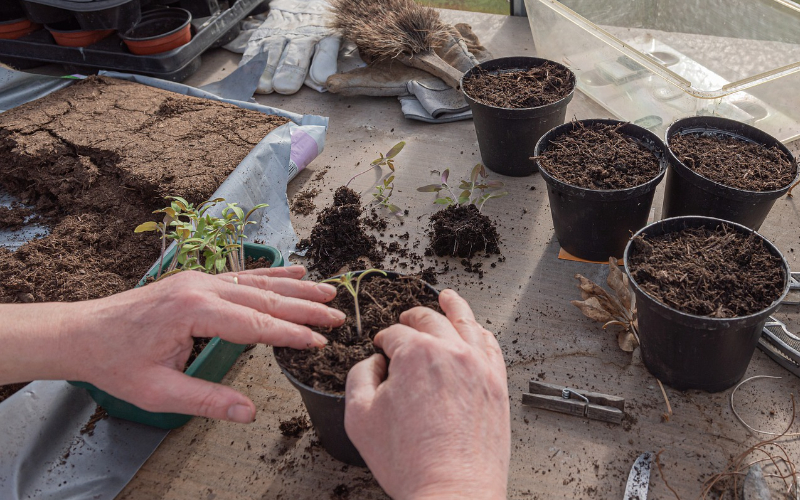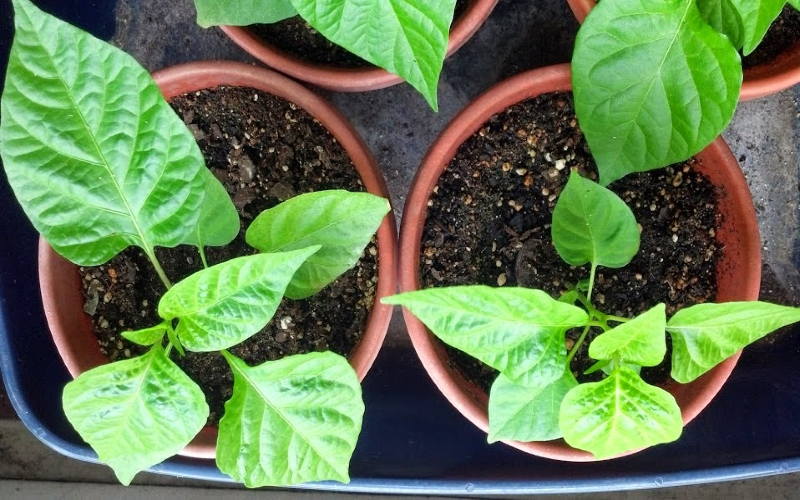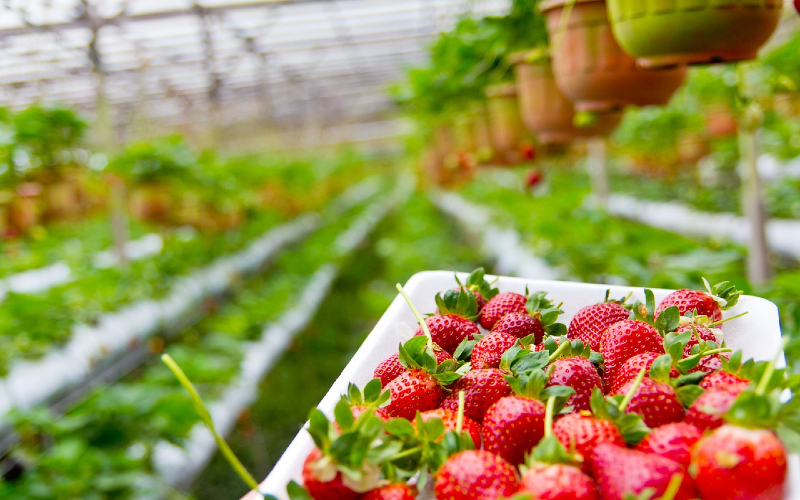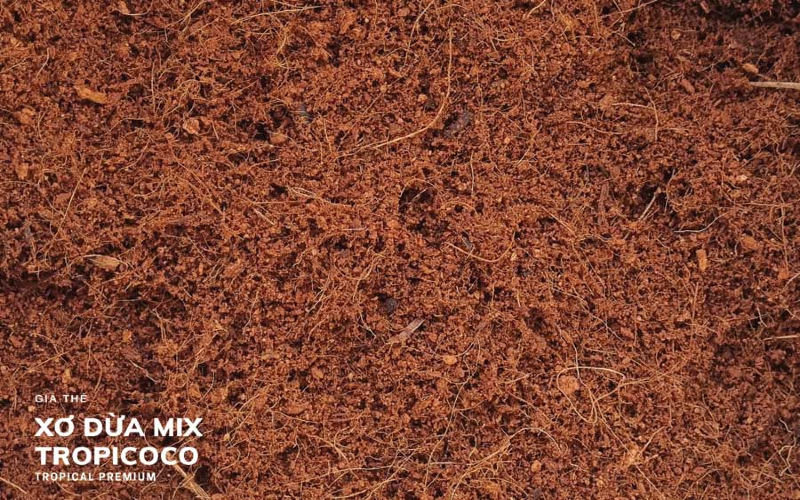Growing plants with coconut coir? Which plants grow in coconut coir?
Growing plants with coconut coir? Which plants grow in coconut coir?

CCoco coir has proved itself to be one of the best growing mediums in recent years. It is now a trend for gardeners to use coconut coir for their plants. What exactly are the appeals of it, you may ask? Get your answer now by reading until the end of this article by Tropicoco Vietnam!
Definition of coconut coir
Coconut coir (also known as coco coir) is a growing medium that consists of brown and white fibers. Coco coir can be found between the coconut’s shell and its outer husk. Brown fibers come from ripe coconuts and are fairly strong. Meanwhile, white fibers are taken from unripe coconuts and are more flexible.
Benefits of using coconut coir for plants

It is now officially a trend for gardeners to use coconut coir for their plants. Here are some of the outstanding benefits that you may want to save for later:
Good water retention and drainage
When it comes to retaining and draining water, coco coir is one of the best candidates out there. It has the ability to hold water up to 10 times its own weight. Coconut coir can also retain water effectively. As a result, you will not have to water your plants too often.
Healthy root development
Coconut coir is exceptionally great for root development. This is because of its ability to take in nutrients in high amounts, retain them while still making room for water wicking. Overall, coco coir offers you a unique blend of nutrient retention, quick-drying, and airflow. These factors are all essential in the garden, which is why you should start using coconut coir for your plants.
Cococnut coir reduces pests for plants
Coco coir naturally repels insects and pests that are harmful to plants. This product is also anti-fungal, which is perfect for ensuring the well-being of your plants. With coco coir, you will no longer have to worry about your garden being damaged by pests or other soil-borne diseases.
Which plants grow the best in coconut coir?
Using coconut coir for plants has gained popularity over the years. However, certain plants grow better in coco coir than others. Tropicoco has made a list of popular fruits and vegetables that go well with this organic product. Also, the company will suggest the type of growing medium you should use on each plant for better harvests.
Tomatoes
Different types of growing medium can be used for tomatoes. Most growers use expanded clay pellets and perlite to produce them. Since tomatoes require a large quantity of water and nutrients, it usually does not go well with water-based methods such as Kratky and deep water culture. If you are planning to use coconut coir for growing tomato plants, applying systems like Dutch buckets and NFT will be the best choice for you.
Strawberries

Similar to tomatoes, strawberries do not grow well by just sitting in a nutrient solution. They require a solid substrate to thrive. Using coconut coir for strawberry plants may not be suitable as they usually grow best in a medium with great drainage. However, you can choose to mix it with components that add drainage, like perlite. At the moment, the most popular choices for growing hydroponic strawberries are expanded clay pellets and soilless mixes.
Basil
Basil is an easy-to-grow plant that fits well with many hydroponic media. It has the ability to thrive whether it is in coco coir, soilless mix, or just nutrient solution alone. Before transplanting it into its final home, you should start basil in soil, foam plugs, or Rockwool plugs for better growth.
Lettuce
Almost any growing medium can be used to grow lettuce. Typically, people use coco coir, peat moss, and soilless mixes in a seed tray to germinate lettuce seeds. Even though lettuce seedlings can be transplanted into solid growing media, it often goes straight into some nutrient solution.
Also, systems like NFT (Nutrient Film Technique), the Kratky method, and deep water culture work best for lettuce. For this reason, growing media other than plugs and water are unnecessary. Besides that, with the Kratky method, lettuce can grow from seed to harvest in just a single piece of Rockwool.
Microgreens
Hydroponic microgreens are unique as they usually require no transplanting. Whether you decide to use coconut coir, vermiculite, or a combination of both, they are all great options for growing these types of plants. You can also use interesting media like burlap and biostrate as they provide good water retention as well as aeration.
Conclusion

Tropicoco has just walked you through all the information you need to know about coco coir. If you are interested in buying coconut coir for plants, make sure to contact Tropicoco Vietnam down below for excellent product and service. Tropicoco looks forward to your purchase in the future!
Contact information
Tropicoco – The best substrate
Address: No.20 Ngan Long Villa, Nguyen Huu Tho Street, Nha Be District, Ho Chi Minh City
Email: giathe@tropical.vn
Hotline: +84 983230879
Open Hours: Mon-Sat: 8.00AM-5.00PM; Sunday: Closed

